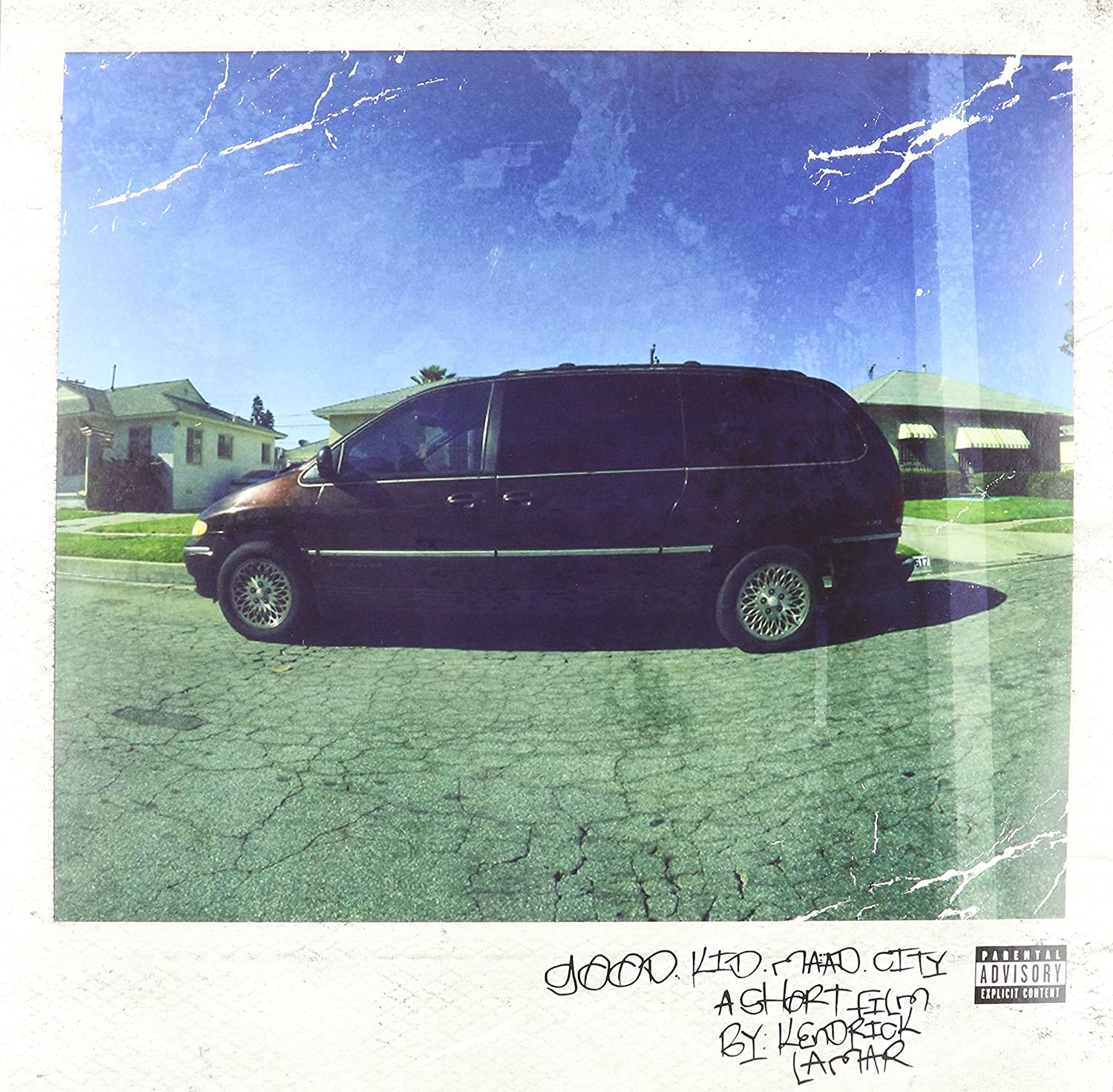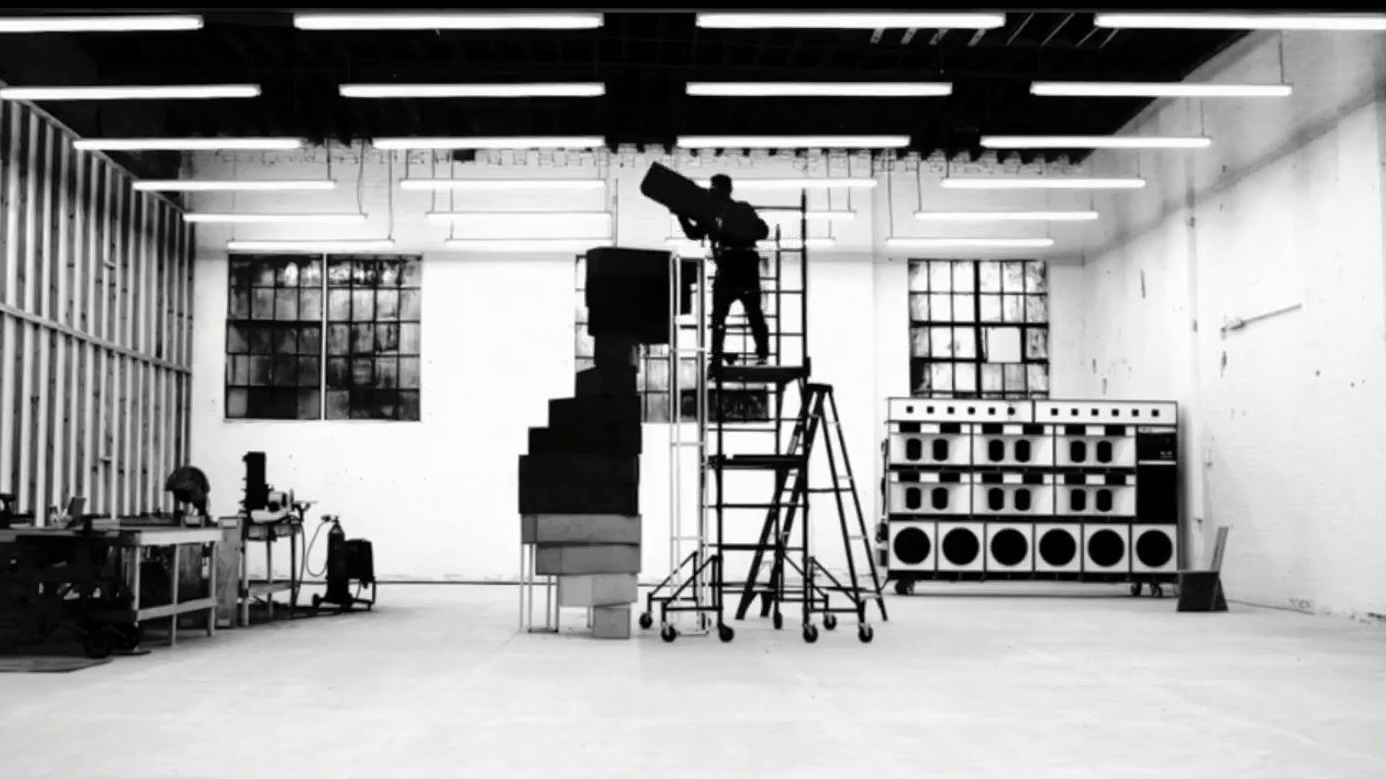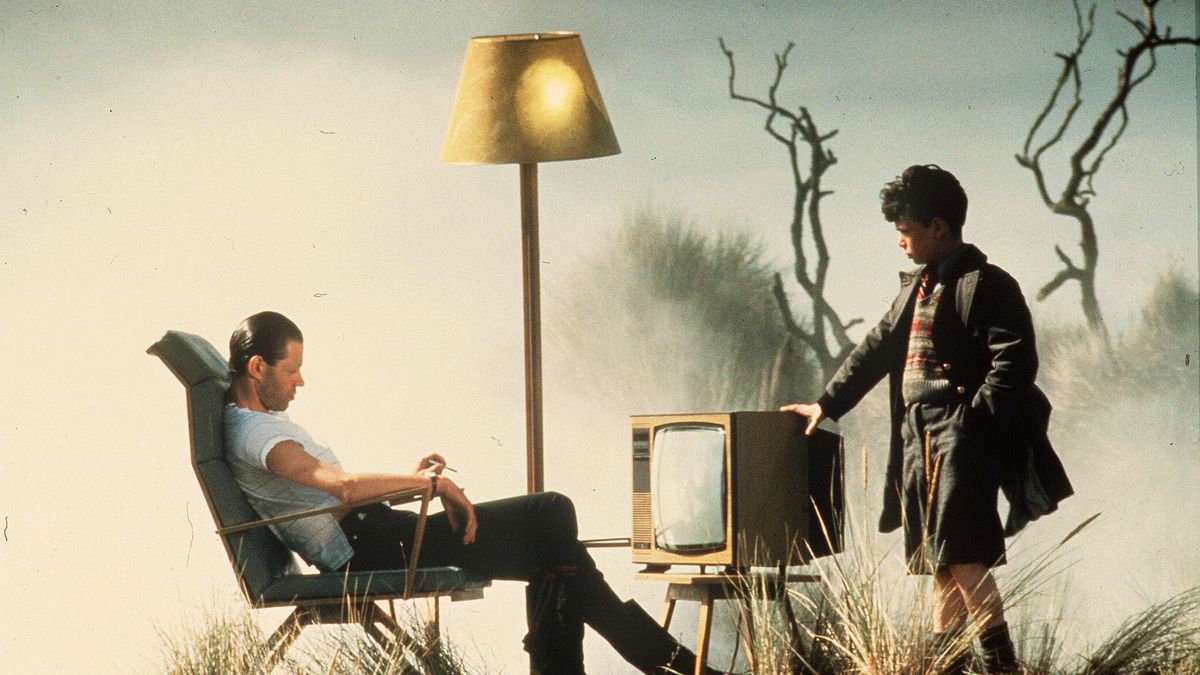Music has been a part of human culture for a lot longer than the mere century that the movies have. Since the beginning of the latter, there has been music accompanying those pictures, sometimes originally themed for that picture and sometimes being pulled from the plethora of popular releases. Yet, Hollywood hasn’t dared to take that popular release and reimagine it as a film.

good kid, m.A.A.d city: a short film by Kendrick Lamar. That’s what listeners were graced with on the cover of Lamar’s sophomore album. Immediately you are introduced to the cinematic qualities employed by the rapper on this Grammy nominated LP. The audio motif of “Sherane”, the storyline of Kendrick growing up in his native Compton, and the consequences of the decisions he makes, including the loss of his friend’s brother. Not to mention the multiple perspectives he raps from, namingly himself, the brother and a character named Keisha as an extension of a song from his previous album Keisha’s Song; on the song SIng About Me, I’m Dying Of Thirst.
The album is also split up with skits, such as his mother leaving voicemails to return the family car pictured on the cover of the album, “hoodrats” getting up in Kendrick’s face, and Kendrick and his homies planning and executing a robbery, including a repetitive religious preaching in order to quench their “thirst”. Considered one of the best hip-hop albums of all time GKMC is nothing short of a storytelling masterpiece. The imagery is so strong in the lyrics and soundscapes, that there really is no way to describe its qualities than as a short film by Kendrick Lamar.
It’s the most cinematic album I have ever heard, and the question has been begged and discussed for the 8 years since its release: “Why hasn’t this been made into a movie?”
To answer that question, we need to explore how those two mediums fit into each other and what people have done in the past to accomplish a similar result and answer the biggest question of them all; Should they even try?
Music goes with Film like butter goes on to bread. It’s a welcomed, often necessary piece of a cinematic puzzle to the point that not including it is considered a stylistic choice. With The Jazz Singer first introducing audible dialogue into film in 1927, and King Kong introducing the classical score in 1933, it’s since become a staple of emotional manipulation for filmmakers to use on their audience.

Popular music has been a part of film for just as long. From the moment Marty McFly riffs Johnny B. Goode three years before it was even released in Back to the Future, or when the radio blasts Stuck in the Middle with You as Mr. Blonde cuts off a police officer’s ear in Reservoir Dogs, you know that these moments will forever change how you hear that song in the future and the legacies behind them.
Those original scores and the soundtracks composed of score and popular song are sold in stores today alongside the albums often painstakingly crafted by artists who dedicate their lives to making music. There’s a mutual respect between both forms and the artists who dedicate their lives to each craft. “I love your music, can I put one of your songs in my film?” “Of course, I love your movies so it would be my honour.” That’s how I imagine those conversations go, anyway.
Interestingly, there is a recent history of musicians using the medium of film to create fuller and more visceral experiences for their music. I’m not just talking about music videos either, I’m talking about Visual Albums.
The visual album is defined as such:
A visual album is a concept where the musician releases a video with each song on an album. The videos run together to tell a story along with the lyrics and music of the album. As a result, artists have a way to give additional context and framing to the music that they produce.

Beyonce is the most recent artist to employ the visual album in a way that is accessible to the general population. Her 2016 album Lemonade was sold with an accompanying film soundtracked by the songs included on the album. This year, she released a totally visual album called Black is King on Disney Plus as a component to the soundtrack she composed for the 2019 remake of The Lion King, a film she also stars in.
However, the visual album can be dated back to The Beatles with their 1964 effort A Hard Day’s Night, with the album being marketed as a soundtrack to the film to audiences. Other notable works include Pink Floyd’s The Wall with their 86 minute long album and accompanying animated feature; Frank Ocean’s infamous second album Endless, released one day before his next effort Blonde; and Prince’s Purple Rain, which won an Oscar for best original score and grossed $70 million at the box office.
The man who has come closest to turning an album into a feature length film is none other than Kanye West. His short film Runaway, titled after one of the songs off of his 2010 magnum opus record My Beautiful Dark Twisted Fantasy, was meant to be a feature length exploration of the themes within that album. Although it most likely would have met the criteria of a visual album if that project hadn’t fallen through, it would have seen the closest representation yet to an album fully realised as a feature.
Other artists who have incorporated the medium of film include Childish Gambino, who rather than making a visual component of his album Because the Internet, wrote a 72-page screenplay that accompanied the sale of every Vinyl copy of the record. He did the same thing again with his next album “Awaken, My Love!”, with a deluxe Vinyl that came with a Virtual Reality headset to be worn and paired with a smartphone app in order to experience the album’s maiden performance at Joshua Tree like you were really there.
What every album I’ve mentioned thus far has in common is the idea of the Concept Album, which can be defined as:
An album whose tracks hold a larger purpose or meaning collectively than they do individually. This is typically achieved through a single central narrative or theme, which can be instrumental, compositional, or lyrical.

Albums like GKMC fall into this category as they weave a central theme and narrative throughout the sounds conveyed on the album. In terms of adapting an album to the screen, these types of projects would be the ones that made it.
There’s a very definitive criteria that needs to be set as a guideline to an adaptation of an album. First, there has to be a distinction between a visual album and an adaptation. The visual album is a medium that employs most if not all of an album’s songs in order to the story portrayed on the screen. What an adaptation must do is separate the music from the film, at least to a degree that it doesn’t inhibit the audience’s perception of the film as a standalone piece of art.
What an adaptation has to do is to take the themes and characters and stories from the album and create a singular narrative either relating to or based on the album’s contents. A sound can influence an idea and eventually a final product. When listening to an album like Yeezus, you imagine industrial, metallic aesthetics with Knights and Kings and Dragons. That would be one way to adapt that album into a film.
There needs to be a separation between the two while also having a definitive link. It is similar to an adaptation of a novel, where the source material must be respected but not necessarily inhibit the direction taken by the final film, as a direct adaptation can often leave either the film or the book, or in this case the album as a redundant piece to the puzzle, as you can either consume one or the other while knowing the outcome each time.
That’s however not to say that direct and faithful adaptations are a bad thing, as fans of the original piece will be rewarded for their loyalty with an adaptation that will satisfy their cravings and leave them wanting more.
The reason why Hollywood hasn’t taken this as a cue to adapt the albums into movies has many answers. You can see the perspective of keeping them separate as products, allowing albums and movies to exist as their own separate entities.
There could be a lot of storytelling opportunities and imagery yet unexplored in the film medium that could be opened up when turning the themes of an album into a visual medium. Yet, there is the case of redundancy, and can you have one without the other. It’s a herculean task and the risk involved seems too great to try and faithfully bring a record to the screen. But who knows, maybe there’s someone out there who will dare to do it one day and change the way we consume both music and movies.
Subscribe to FIB’s Weekly Alchemy Report for your weekly dose of music, fashion and pop culture news!






